Capsule Review: Lone Star Region Porsche Club's Every-Man's Autocross With A 911 Carrera 2

Enter the Lone Star Region Porsche Club of America’s (LSRPCA) refreshed autocross program. After a mild hiatus, the region restarted the autocross program to draw in new members; and partly to have another reason to autocross, these events can be as fun for the instructors as it can be for the entrants. The morning started at about 7:30 am, I arrived a bit early to talk to a few friends and meet the crew running the event. The staff was compromised of PCA members of all skill levels, from local autocrosses to seasoned factory Porsche racers. As participants rolled in, the shape of the field began to take shape. There was a gaggle of Miatas, of course. I followed a white first-generation Boxster into the event. A pair of 1LE Camaros made an interesting appearance. A yellow 946 Turbo even made it in, and a venerable array of air-cooled and late model 911’s made up the last half of the field. As a truly open event; even one of the regular rallycross AE86 Carollas nearly made it to the event, but when the alternator quit alternating while driving to Houston, they had to give up on the trip.
I met up with my friend, Seth, to meet the this 911 I’d be attempting to not ruin. A beautiful red 1990 Carrera 2 sat in the middle of the lot, basking in the golden-hour light. The car is a clever compromise; the wife’s daily driver, and his weekend toy. With an agreed amount of mechanical sympathy, he shared the keys with me for a day. The ’90 911 Carrera 2 is a time machine. Not knocking on a modern Porsche, but the air cooled ones smell and feel like they’ve just rolled away from a craftman’s hands. Thoroughly brilliant driving dynamics wrapped up in a classic suit. Occasionally the mood is interrupted with a few gimmicks of the era, like a popup cassette tape holder, but you still can’t help wanting to don a smoking jacket and cigar after stepping away from the experience.
Just look at it. Post-80’s bumper covers really did bring the styling of the then-new 964 up to spec of the modernized chassis. And that RS wing? A little gratuitous, but so perfect. The event is structured like an average SCCA Autocross. Registration and tech inspection are quick and painless, and there’s ample time for course walking at your own pace. Seth and I were walking the course, and talking about how to approach the course with the 911’s quirks in mind. We spotted a rookie pretty quick, a tall fellow in a salmon shirt and white Dockers, and went along to go introduce ourselves. Seth did a course walk around with him, one-on-one, to give a quick run through on course memorization and how to approach each section. We eventually caught up with the main group of instructors, who were leading a group course walk for all interested drivers. While not a habit for SCCA Autocross, LSRPCA found it beneficial to set time aside to run the groups through and give an introductory lesson.
The event is ran like a typical autocross. Entrants were given work assignments, a required job using the body count of entrants to help staff the event, mostly as corner workers. Autocrosssing regulars of the region make up the more critical elements the event; like handling lap timing, organizing drivers in grid, and timing the starting gap between drivers, as the course crosses itself in one section. Corner working is simple enough: keep an eye out for cars that have hit penalty cones, radio in the offenders, reset any dislodged cones, and generally be the eyes-and-ears of the event. My morning started running timing, experienced from helping run our local rallycross events. We started on time, and the run group was even keeping to schedule, something that can be difficult with new drivers figuring out the pace and rhythm of the time between runs. Things like drivers being unready when it’s time to queue up, slow driver changes with a shared car, little things.
The diversity is refreshing. A healthy level of competitiveness is brought out of some drivers when a purple MX5 starts knocking down faster laps than a newly-bought 911. Most of the newer drivers were quick to adapt to the autocross format, and quickly found more and more time. Instructors were available two ways: They can drive you (in your own car, or one of their’s), or they can ride along and provide instruction. I wrangled Steve Bukowski, Performance Driving School Chair for LSRPCA, to help me adjust a bit quicker to the 911’s quirks. With in two laps, I had dropped around 3 seconds off my consistent, but slower early runs. My issue is a common one is a common one of mine. I regularly compete in rallycross. While it teaches a lot about weight transfer, corner entry is a different record in the juke box. My natural habit is to enter hot, upset the chassis, and rotate the car into corner with the nose facing the exit before I even reach the apex. This isn’t how you play autocross, and the Porsche would revolt with sobering understeer.
The 911 is a an interesting car to drive. They behave like nothing else, and if under-driven, will fight you in every direction. With poor weight transfer at lower speeds, it’ll understeer at turn in; and with poor throttle commitment will step out the rear like a rudder if you pull back. I knew that going in; never-lift was the contingency plan. If you trust it, and shift weight forward for just a second, the rear tires build a little slip angle, just enough so that you dial the steering wheel back to center. This is how the edge of a master chef’s knife feels — smooth, sharp. If exploited correctly, you can make a 911 truly dance wherever you want. But it takes work, it’s a state of mind. A break in concentration, or a lack of commitment, and it fights you.
But it was easy to build confidence with the LSRPCA instructors, including Seth, my loaner 911’s owner. With an approachable, while still technical approach to instruction, his strength is in getting drivers past the mental barrier of entering performance driving. Raceday jitters can paralyze a person, and such was the case of a particular Boxster owner.
After my runs, my work assignment was to help operate the timing system. The system uses a two pairs of light sensors that start and end a unique timer for each car as they break through each pair of sensors. The times are automatically recorded by AX Aware, timing software ran on a tiny netbook. Raw times and raw penalties are separately recorded on paper, as backup.
If a run’s time exceeded 100 seconds, the timing system would begin to miscount the number of cars on course. This should never happen — but it started to happen during my work stint. We quickly identified the driver, and Seth approached him. He was making a common autocross-rookie mistake: Getting lost. Though Houston Police Academy has a nearly figure eight shaped road course, it connects to an open parking lot. Taking that parking lot full of cones, and visualizing a course in it is one of the toughest aspects to autocross. It can be infuriating when, despite the best attempts, the cones never translate into sense.
With the problem now identified, Seth worked with the driver over the next few runs. First thing was course navigation, second was keeping his eyes up, looking forward to the next turn — instead of looking down at the turn he was currently navigating. While the first run with Seth still timed out the system, his next run had dropped his time down into the mid-70’s; a remarkable 30 second improvement. Slowly, the driver began to enjoy himself. His fastest run came down to a clean 68 second run.
This is who the LSRPCA wants to capture. The Porsche owner who has yet to truly explore their car correctly. It was later mentioned by another racer that our problem Boxster driver had been blasting through traffic that morning, perhaps a bit recklessly, on the way to the autocross. No doubt the autocross was a humbling, though productive experience for him. As drivers become more comfortable with high performance driving, they can easily step up to LSRPCA’s more regular track day events to further hone their skill. The autocross program, from its catered lunch to the friendly instruction, provides an attractive start for Porsche owners. If you’re around the Houston area, and have a Stuttgart speed machine in the garage, look into the Lone Star Region PCA’s website, here, to find out about future events.

More by Phillip Thomas
Latest Car Reviews
Read moreLatest Product Reviews
Read moreRecent Comments
- MaintenanceCosts You expect everything on Amazon and eBay to be fake, but it's a shame to see fake stuff on Summit Racing. Glad they pulled it.
- SCE to AUX 08 Rabbit (college car, 128k miles): Everything is expensive and difficult to repair. Bought it several years ago as a favor to a friend leaving the country. I outsourced the clutch ($1200), but I did all other work. Ignition switch, all calipers, pads, rotors, A/C compressor, blower fan, cooling fan, plugs and coils, belts and tensioners, 3 flat tires (nails), and on and on.19 Ioniq EV (66k miles): 12V battery, wipers, 1 set of tires, cabin air filter, new pads and rotors at 15k miles since the factory ones wore funny, 1 qt of reduction gear oil. Insurance is cheap. It costs me nearly nothing to drive it.22 Santa Fe (22k miles): Nothing yet, except oil changes. I dread having to buy tires.
- AZFelix 2015 Sonata Limited72k when purchased, 176k miles currentlyI perform all maintenance and repairs except for alignment, tire mounting, tire patching, and glass work (tint and passenger left due to rock hit). Most parts purchased through rockauto.com.Maintenance and repairs during three years of ownership:Front rotors and all brake pads upgraded shortly after purchase.Preparing for 17th oil change (full synthetic plus filter c.$50), one PCV valve.Timing & accessory belts, belt tensioner.Coolant full flush and change.Fibrous plastic material engine under tray replaced by aftermarket solid plastic piece $110.One set of tires (c.$500 +installation) plus two replacements and a number of patches due to nails, etc. Second set coming soon.Hood struts $30.Front struts, rear shocks, plus sway bar links, front ball joints, tie rod ends, right CV axle (large rock on freeway damaged it and I took the opportunity to redo the rest of items on this list).Battery c.$260.Two sets of spark plugs @ $50/set.Three sets of cabin and engine filters.Valve cover gasket (next week).Averages out to c.$1400 per year for the past three years. Minor driver seat bolster wear, front rock chips, and assorted dents & dings but otherwise looks and drives very well.
- 3-On-The-Tree 2014 Ford F150 Ecoboost 3.5L. By 80,000mi I had to have the rear main oil seal replaced twice. Driver side turbo leaking had to have all hoses replaced. Passenger side turbo had to be completely replaced. Engine timing chain front cover leak had to be replaced. Transmission front pump leak had to be removed and replaced. Ford renewed my faith in Extended warranty’s because luckily I had one and used it to the fullest. Sold that truck on caravan and got me a 2021 Tundra Crewmax 4x4. Not a fan of turbos and I will never own a Ford again much less cars with turbos to include newer Toyotas. And I’m a Toyota guy.
- Duke Woolworth Weight 4800# as I recall.

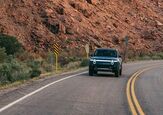


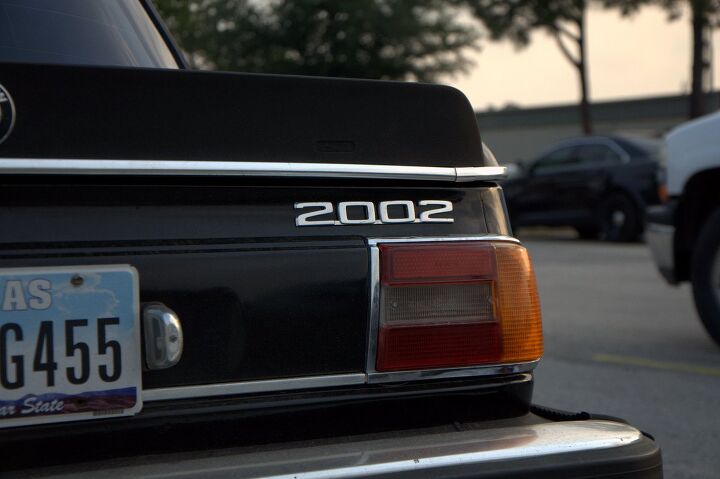

















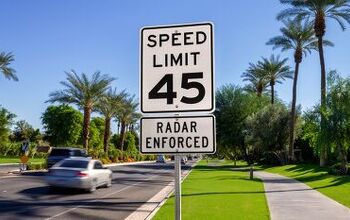
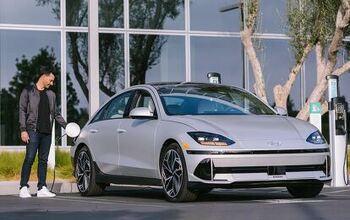

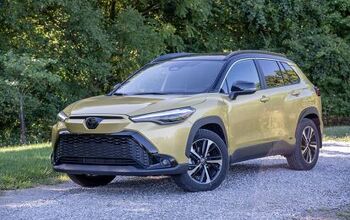


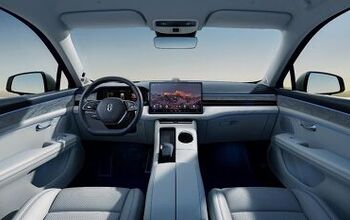
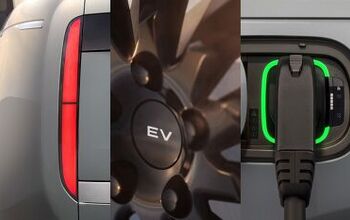
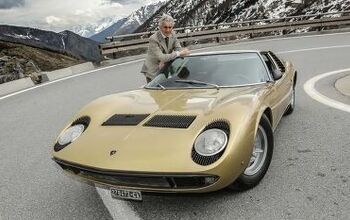
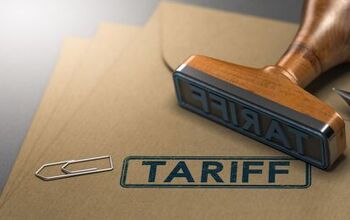

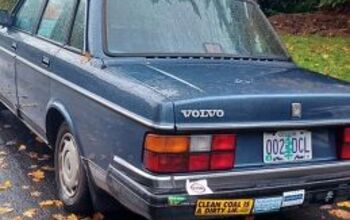
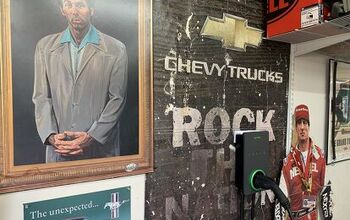
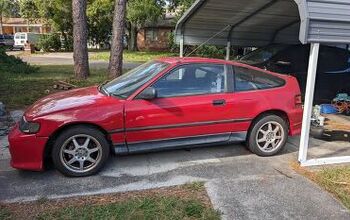
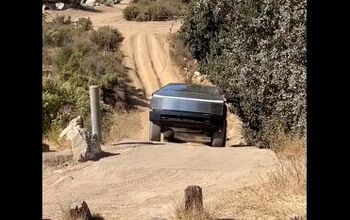
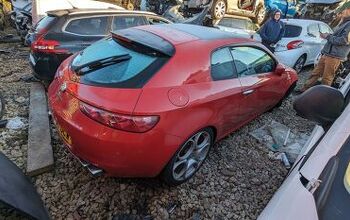
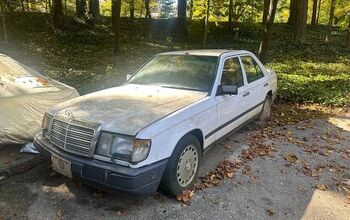
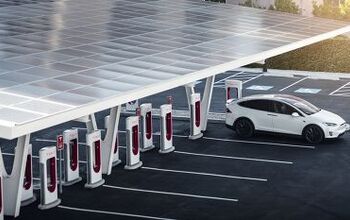
Comments
Join the conversation
Autcross is a hell of a gateway drug. I started in 2006, and while I was never able to devote enough time or money to it to get terribly good, I've always held my own and had fun. Moving from autocross to HPDEs was the best move I ever made though. When you compare the seat time you get ($30-40 for 4-6 minutes vs. $250 for 2 hours), the speed, and the fun of actually being on a real racetrack, it's a no brainer. Open track days are more taxing on the car and will coast you more in tires and brakes, but I feel like I've become a much better driver in 2 years of them versus the 6 I spent doing autocross only beforehand. And I definitely have to agree with JMII, most people who think they're "fast" would definitely be humbled the first time they have to give the point by to a Miata. Hell, I'm sure the guy in an Aston who gave me a point by in my old RSX-S felt the same way.
What sort of abuse should one expect to put their daily-driver through if they wanted to do some autocross with it? I'd think accelerated wear on tires, brake pads/fluid if it's a faster course, clutch if you suck, am I way off?